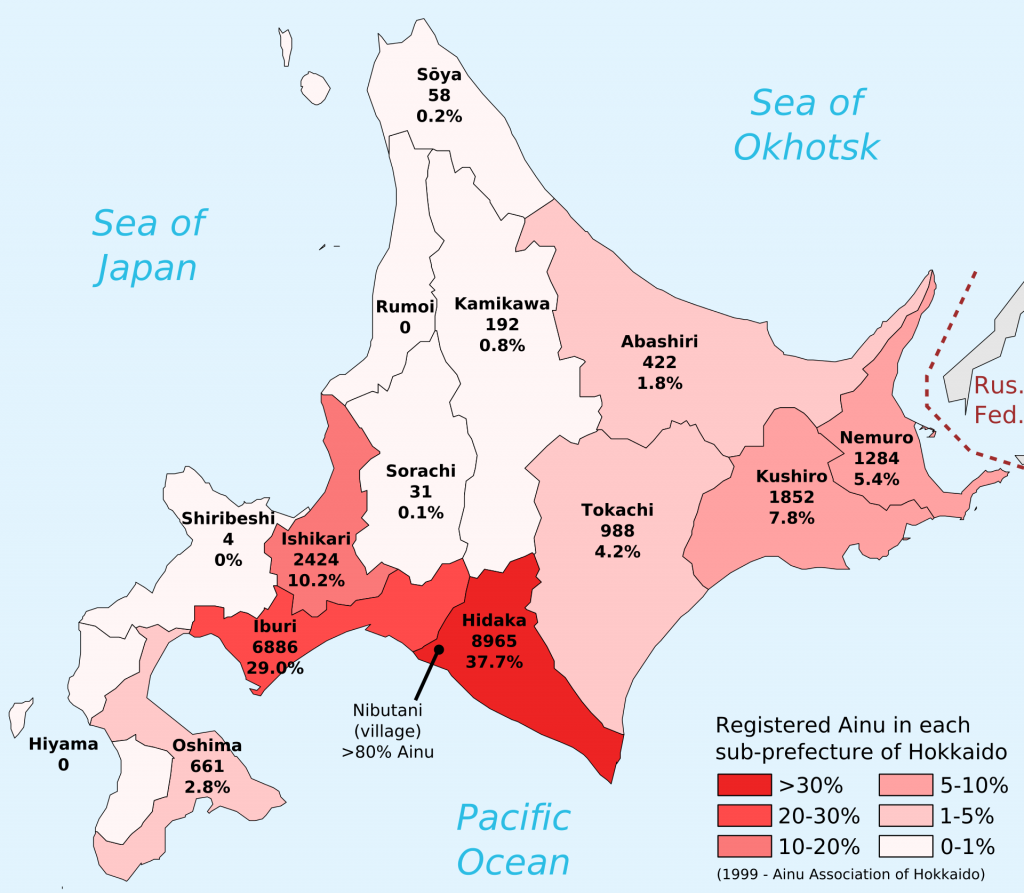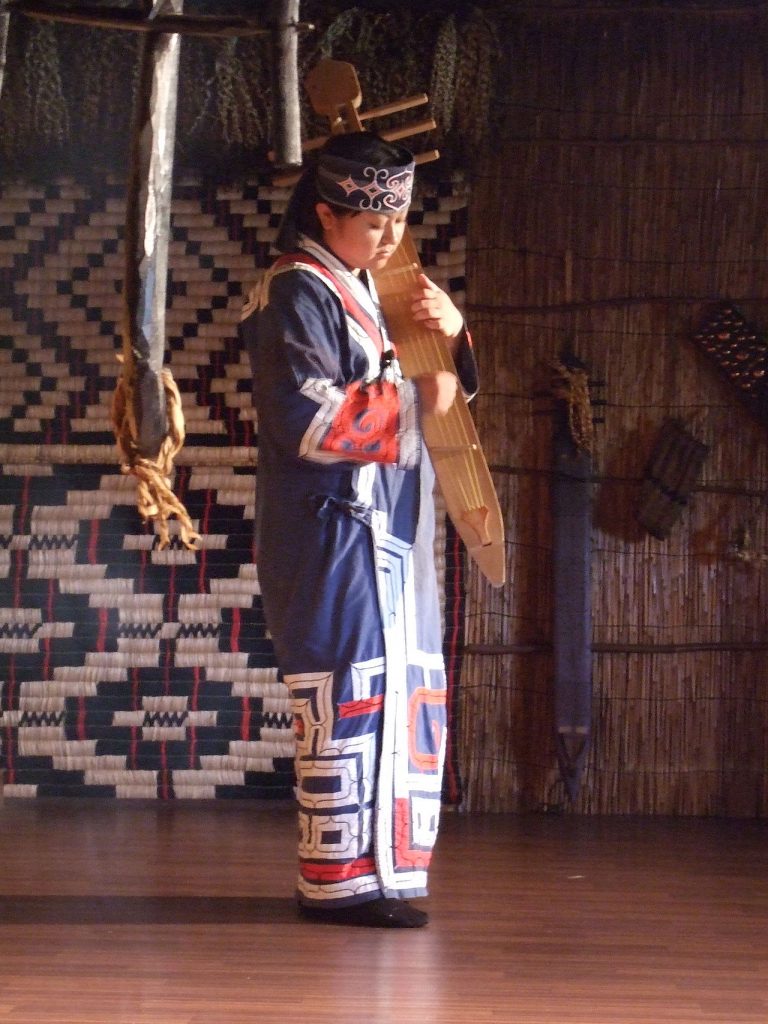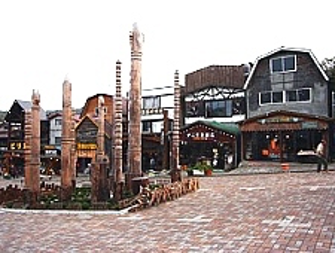YOUR CART
- No products in the cart.
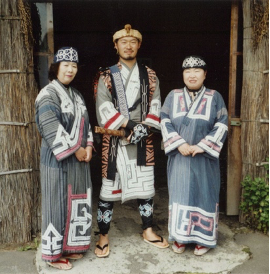
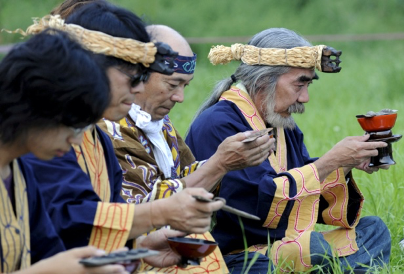

The Ainu are indigenous people from Japan that primarily live in Hokkaido, Sakhalin, and the Kuril Islands. They originally inhabited all four islands of Japan. However, years of colonization by the Japanese people forced them to the northern islands. They were culturally distinct from their Japanese neighbors until the second part of the 20th century. Even their traditional language was gradually replaced by Japanese over time. A language-revitalization movement in the 1980s initiated formal instruction in Ainu to bring back the language.
Ainu culture puts great emphasis on nature. They predominantly follow a hunting and gathering system based on the bear’s hunting pattern. For example, where the bear would eat fish, the local Ainu would eat the fish from that area as well. Bears also played a role in their Animism religious beliefs. They would capture a bear cub, raise it as a family member, and then sacrifice it in the ritual. Through this process, they believed its spirit would bless its adoptive family.
As the Ainu appearances are more “hairy” with their prominent facial hair and their contrasting culture with the Japanese, there has been years of racial discrimination against the Ainu from the Japanese. However, Japan has taken recent measures to improve relations with the Ainu. In 1994, Kayano Shigeru became the first Ainu individual to be elected into the Japanese parliament. She helped enact various reforms that protected the Ainu. Japan also reversed an 1899 order that racially labeled the Ainu and recognized the Ainu as indigenous people in 2008.
Additionally, various museums in Hokkaido aim to preserve the Ainu heritage and inform tourists about their culture and history. The Kawamura Kaneto Ainu Museum is one such place, where it exhibits various Ainu tools and even an Ainu hut made from bamboo grass. As for other examples, The Ainu Kotan is a shopping street on the island that sells Ainu handicrafts, and the Ainu Folklore Museum along the Lake Kussharo shore highlights various aspects of Ainu life.
